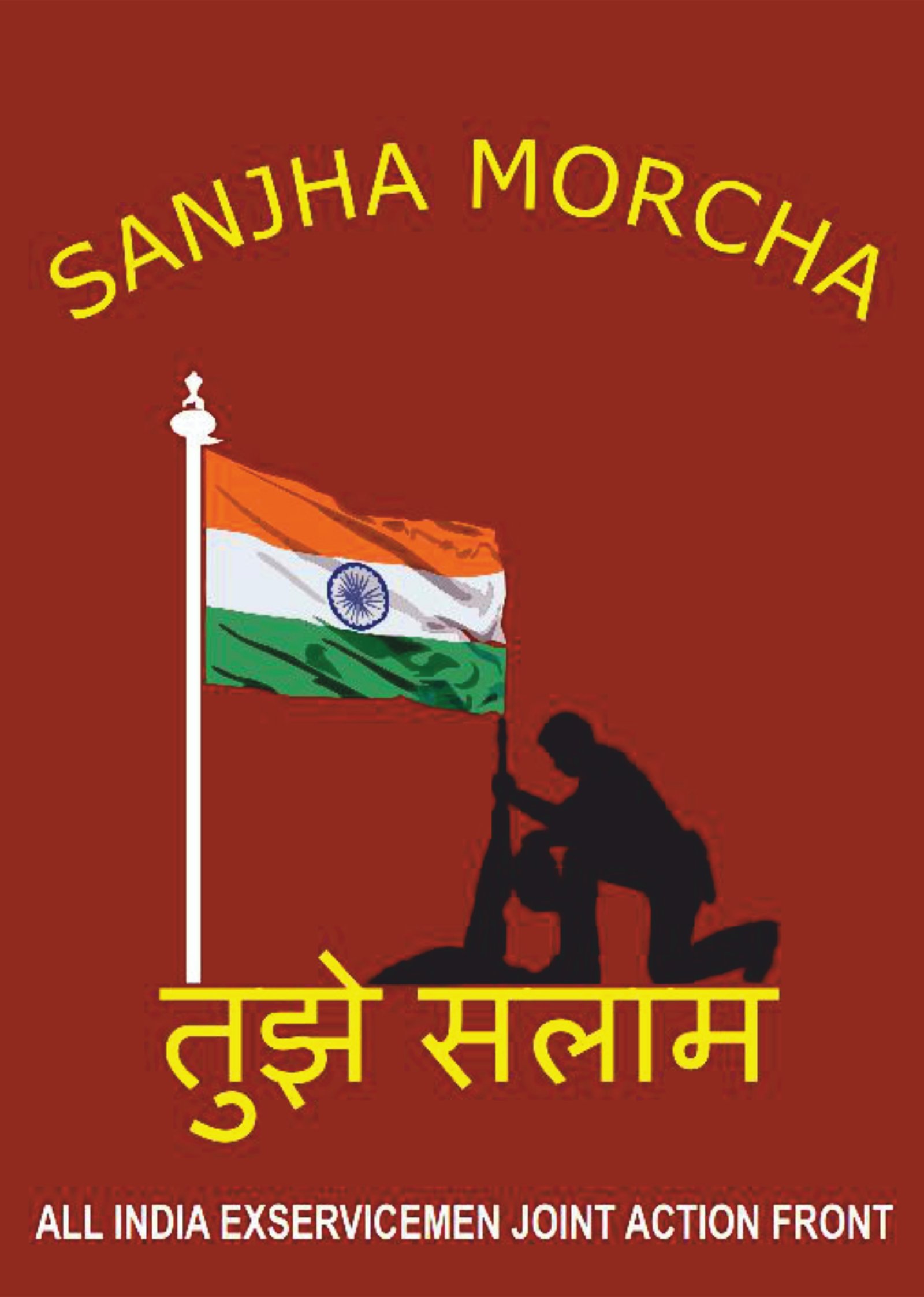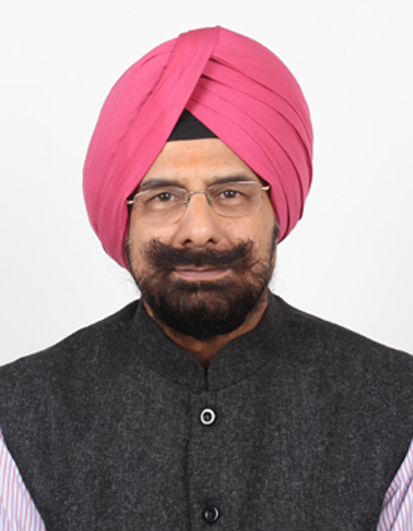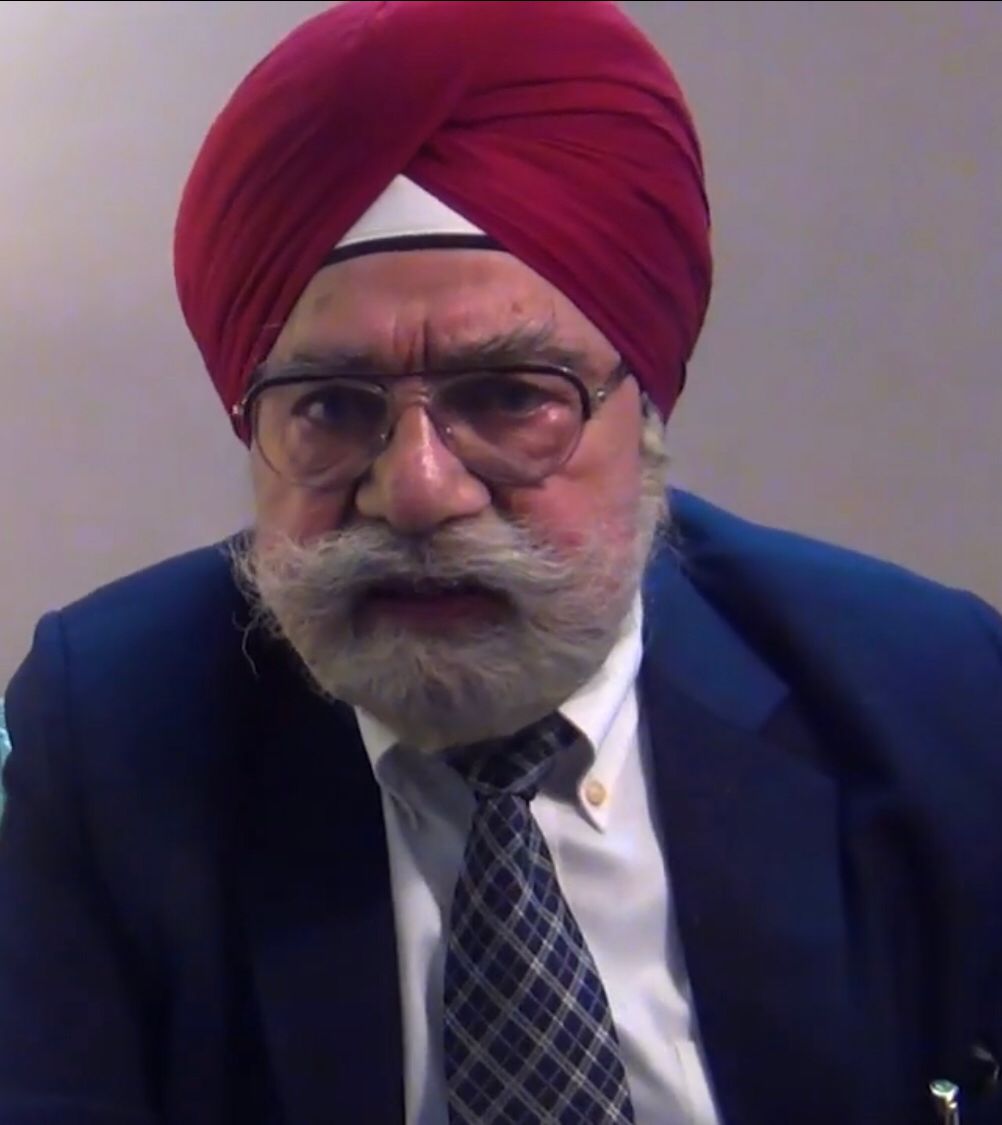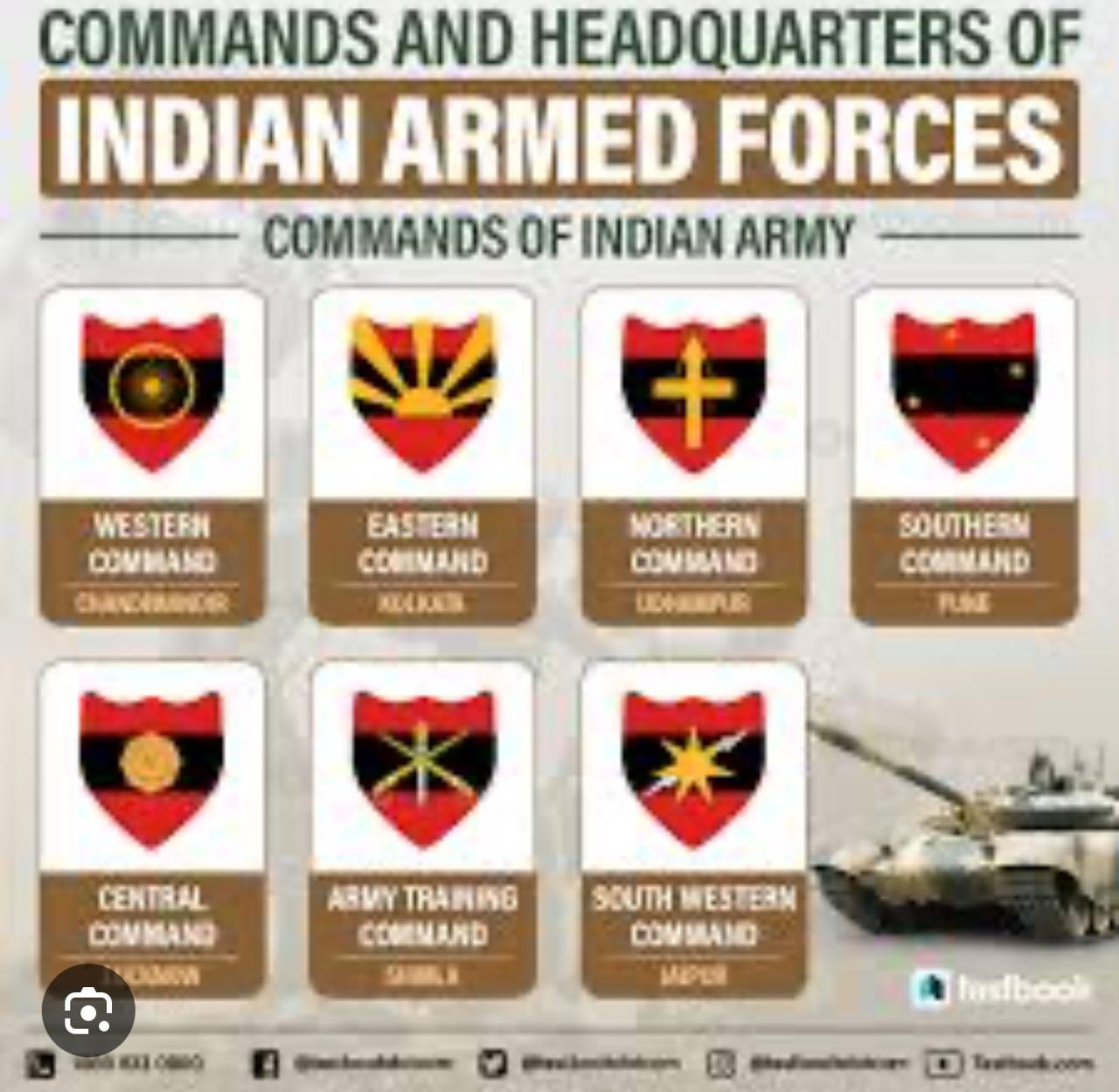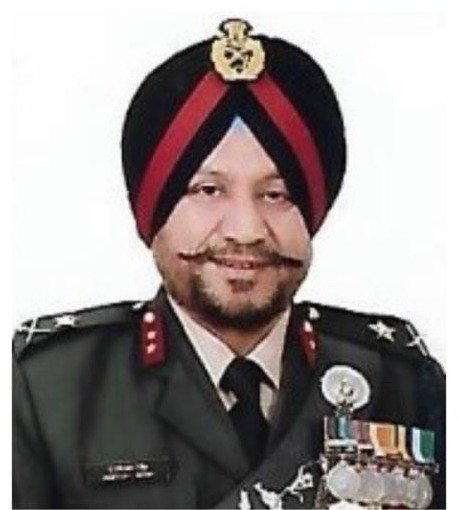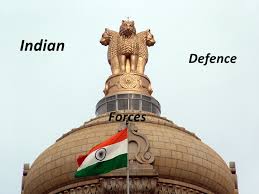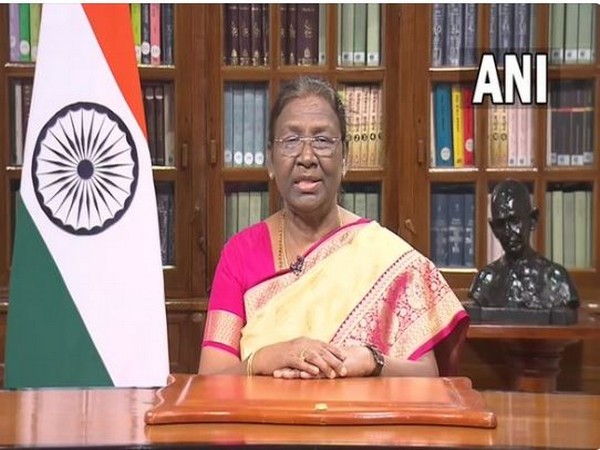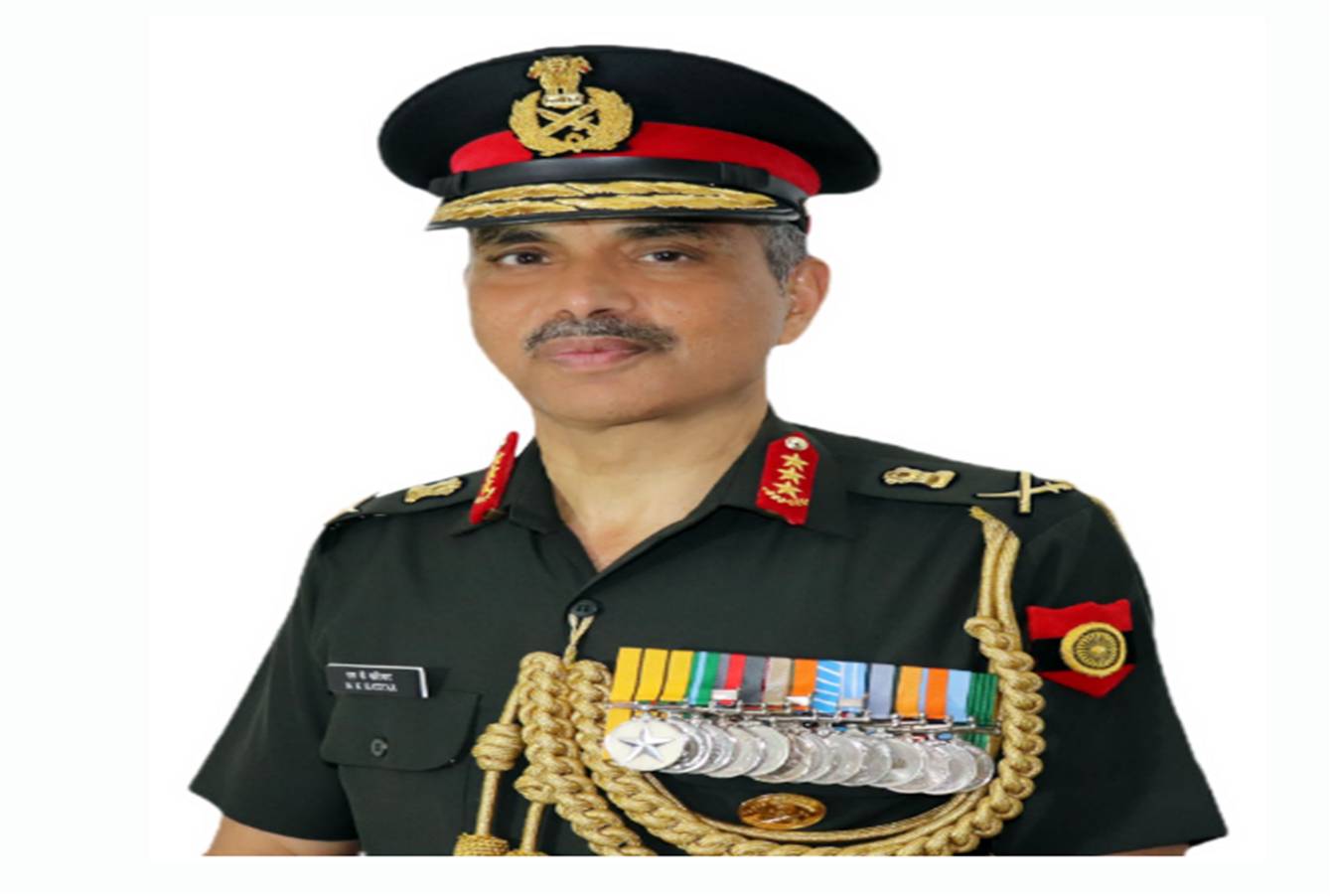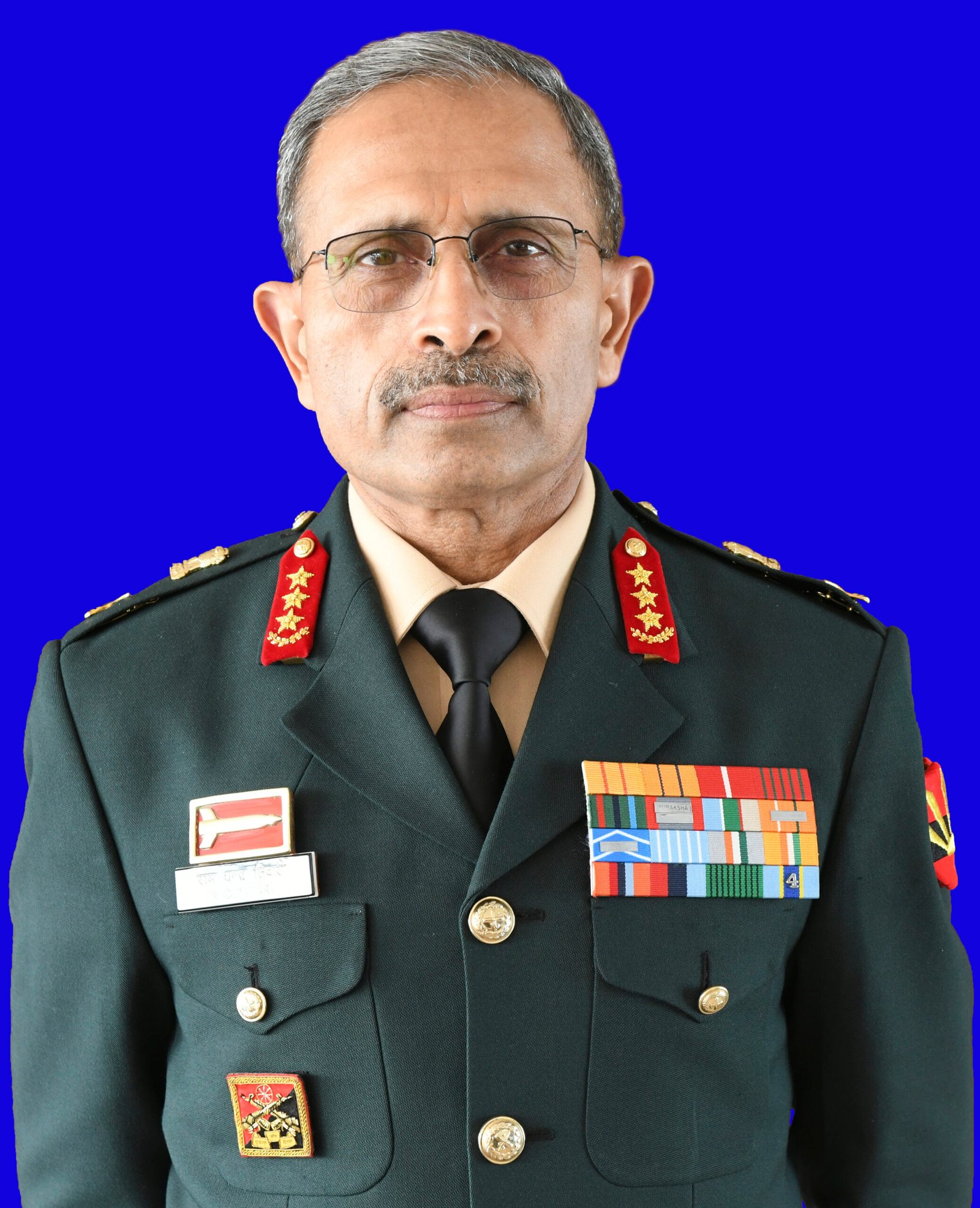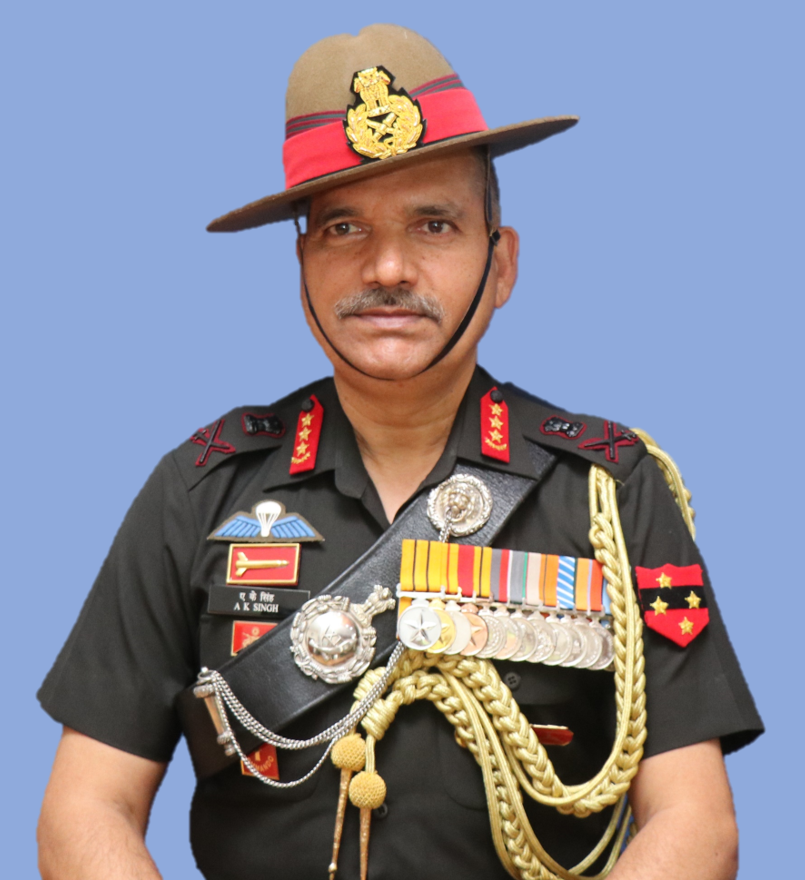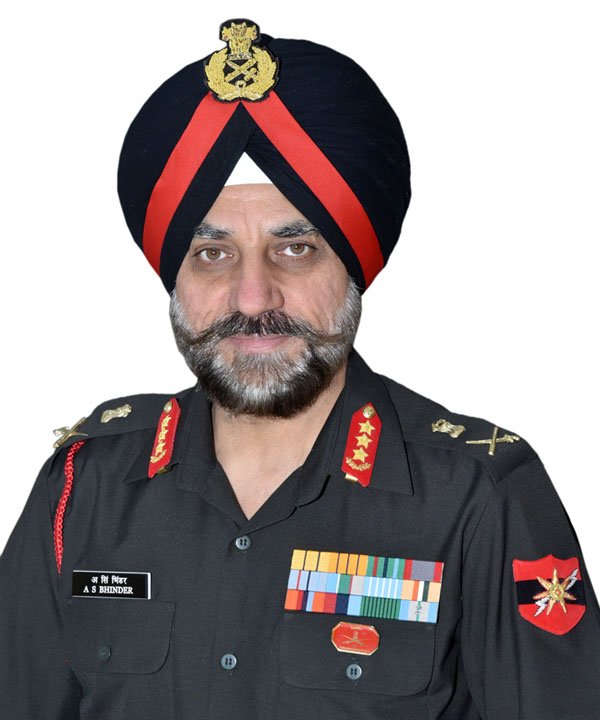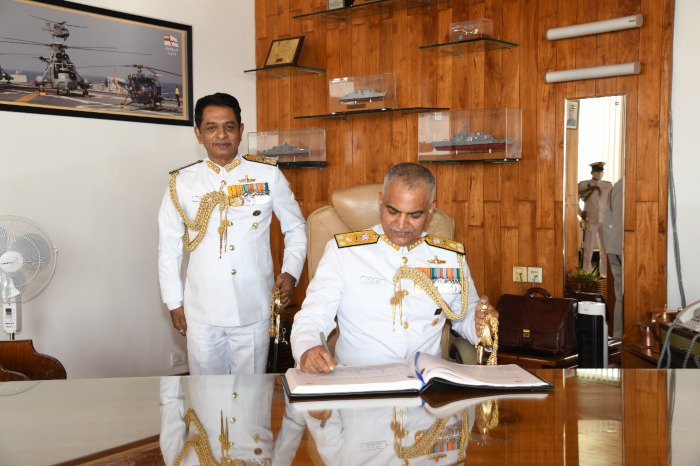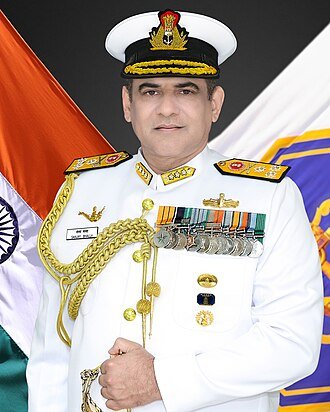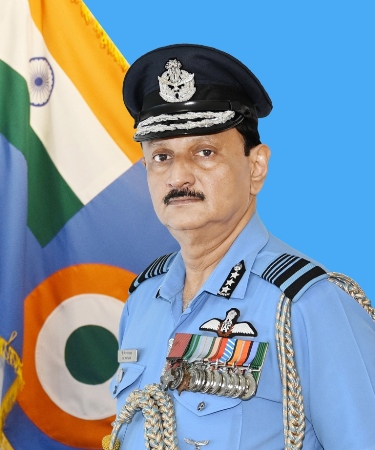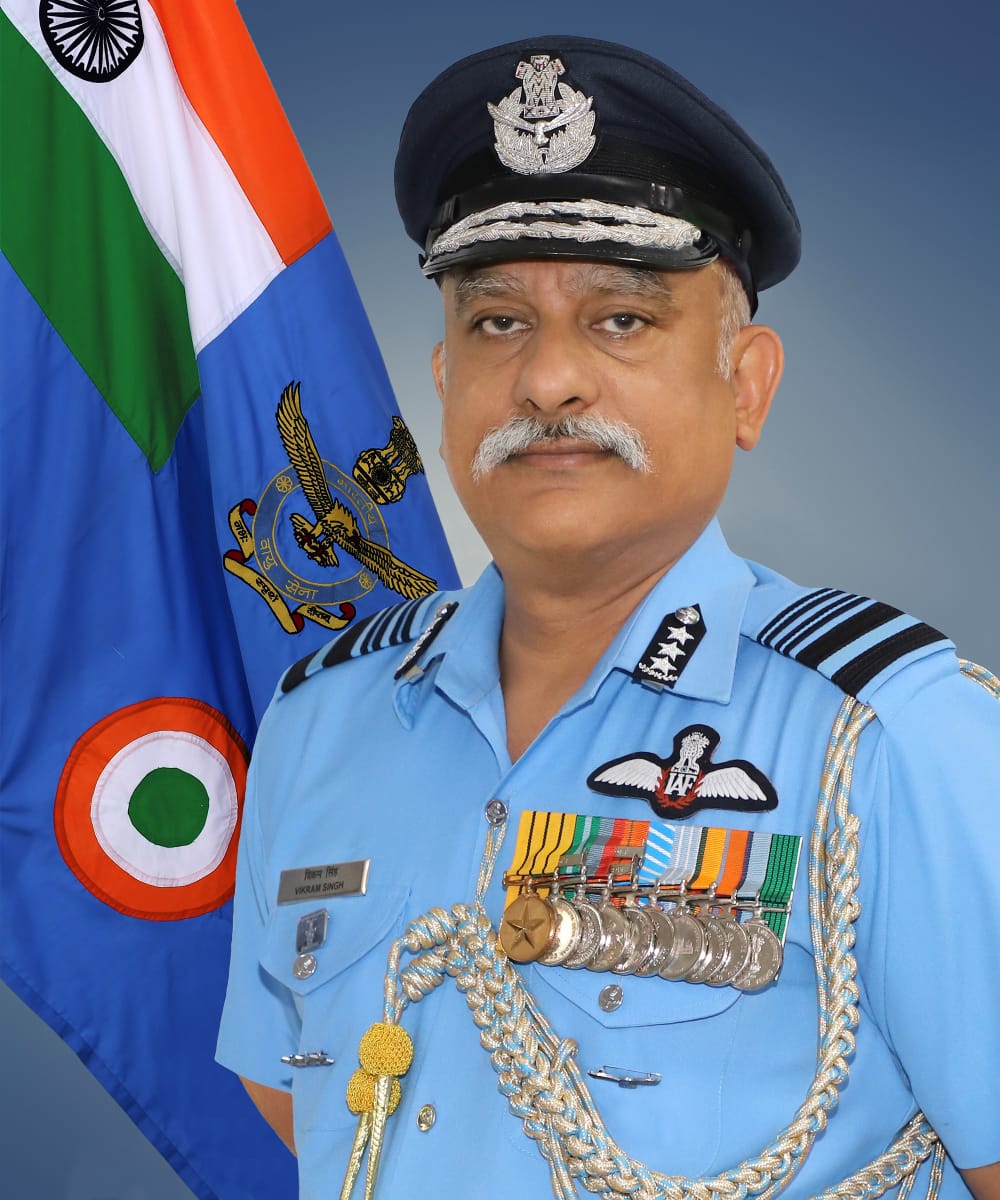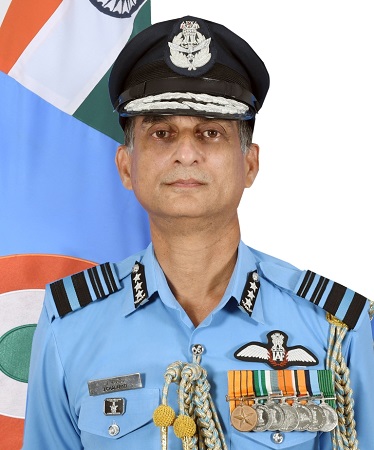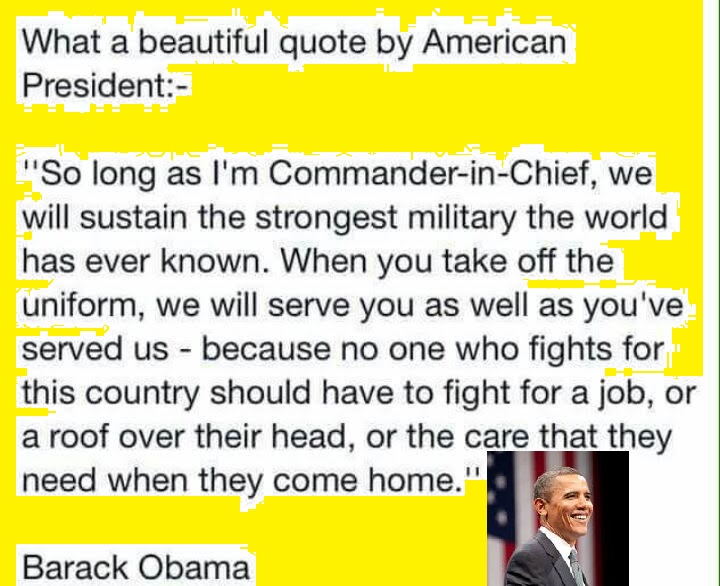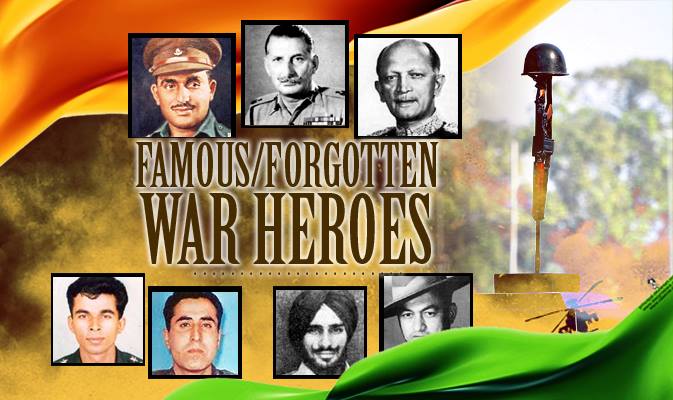
A report of the UN’s Analytical Support and Sanctions Monitoring Team concerning the Taliban was released in New York on June 1. Based on highly sensitive intelligence inputs from several countries, it holds a penetrating searchlight on the core issue of Taliban’s nexus with the al-Qaeda. Its conclusion: the Taliban al-Qaeda symbiosis is an enduring reality.
One would have thought that the UN report opens a Pandora’s box. But on the contrary, aside the dust it raised in Delhi momentarily, life moves on. No other world capital seems unduly perturbed. President Trump tweeted , ‘We are acting as a police force, not the fighting force that we are, in Afghanistan. After 19 years, it is time for them to police their own country. Bring our soldiers back home, but closely watch what is going on and strike with a thunder like never before, if necessary!’ Russia insists the Taliban have ‘changed’ and have a ‘strategic vision’.
The world chancelleries are accustomed to regarding the al-Qaeda as a geopolitical tool in regional conflicts. Therefore, the MEA spokesman wisely focused on the ‘operative part’ of the report concerning the presence of nearly 6,500 Pakistani terrorist fighters in Afghanistan, comprising largely of LeT and JeM cadres. The MEA said, ‘This vindicates India’s long-standing position that Pakistan remains the epicentre of international terrorism… The international community should hold Pakistan accountable.’
The salience of the UN report lies on the following templates. One, nothing will deter Washington from heading for the exit door in Afghanistan. Two, Pakistan has manoeuvred itself into a strong position from where it cannot be dislodged. Three, Pakistan’s control of the Taliban is not in doubt, but in the game of smoke and mirrors, the international community has acquiesced. Four, the Taliban are determined to regain power in Kabul, and, with Pakistani support, this goal is achievable. Five, when the crunch time comes, the Haqqanis will do what is necessary for the ISI. Six, foreign powers — with the exception of India, perhaps — are resigned to the Taliban’s return to power.
The virulently anti-India Haqqani group is in a commanding position within the Taliban. Pakistan has a game plan, having drawn lessons from the Mujahideen era — no meaningful rapprochement between the Taliban and Indians should be allowed in a near term. The Haqqanis will ensure it. Put differently, Pakistan couldn’t care less if the Indians open lines to some inconsequential Taliban elements, as it is the Haqqanis who call the shots. All this, plus the large concentration of battle-hardened JeM and LeT fighters in the eastern provinces of Kunar, Nangarhar and Nuristan, carries dark forebodings for India’s security.
To aspire to influence the Afghan peace process is beyond India’s capability now. Pakistan regards India as a ‘spoiler’, and stakeholders will be loathe to risk annoying Pakistan by advocating India’s case. Even ‘time-tested friends’ will fight shy of holding India’s hand. Our options have shrunk.
While political and diplomatic work should continue to endeavour to sustain government-to-government interaction and people-to-people goodwill, India cannot afford to be a provider of security or excessively identify with any single Afghan faction. Geography and resource constraints dictate that until the present churning assumes some clarity, a low-key approach and strategic restraint is advisable.
Meanwhile, the strengthening of the permanent mission in New York with the appointment of an experienced senior diplomat as the new PR, coinciding with India’s membership of the UNSC for the next two-year period, could provide Delhi with some degree of diplomatic leverage in the Afghan peace process leading to any settlement.
The present situation brings to mind an exemplar from the annals of history 40 years ago when the Soviet forces withdrew from Afghanistan, leaving Najibullah to grapple with multiple challenges — pushing back the Mujahideen from approaching the gates of Kabul while coping with internal dissensions in own camp and also making overtures for national reconciliation. Of course, the roof eventually came down under the sheer weight of contradictions.
Going by the experience of that tumultuous period leading to the Mujahideen takeover in 1992, arguably, a calibrated retrenchment on our part at this juncture may once again serve a key purpose. A drawdown can only enhance the prospects of a constructive engagement when the new dawn breaks.
The point is, in this gloomy scenario, India is only as nebulously placed as any other stakeholder today, since imponderables and variables are galore in the Afghan situation. If the matrix today is particularly unfavourable in comparison with the early nineties, it is largely due to our tense relations with both Pakistan and China. A significant improvement on this template can dramatically change the calculus.
The bottom line is that the Kashmir issue and the animated suspension in J&K coalesce and amplify the complexity of the regional security climate. The gloomy Afghan prognosis lends urgency to adopt new thinking. The time has come for the Indian leadership to make a determined effort to cut the Gordian knot of tense relations with China and Pakistan.
This roller-coaster ride in the Himalayas, Kashmir valley and the Hindu Kush concurrently will sap our energies and turn into a quagmire. Nothing serves our ill-wishers better.
Rhetoric should not be the stuff of policy; nor is crisis management the acme of diplomacy. For a start, we can do far better simply by reining in our ‘hawks’. We shouldn’t lose our innate sense of realism and pragmatism. For India to realise its potentials of growth and development, a peaceful external environment is vital. A fresh start becomes imperative.

